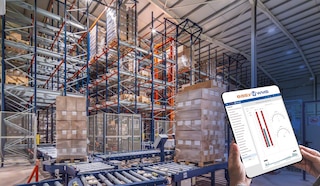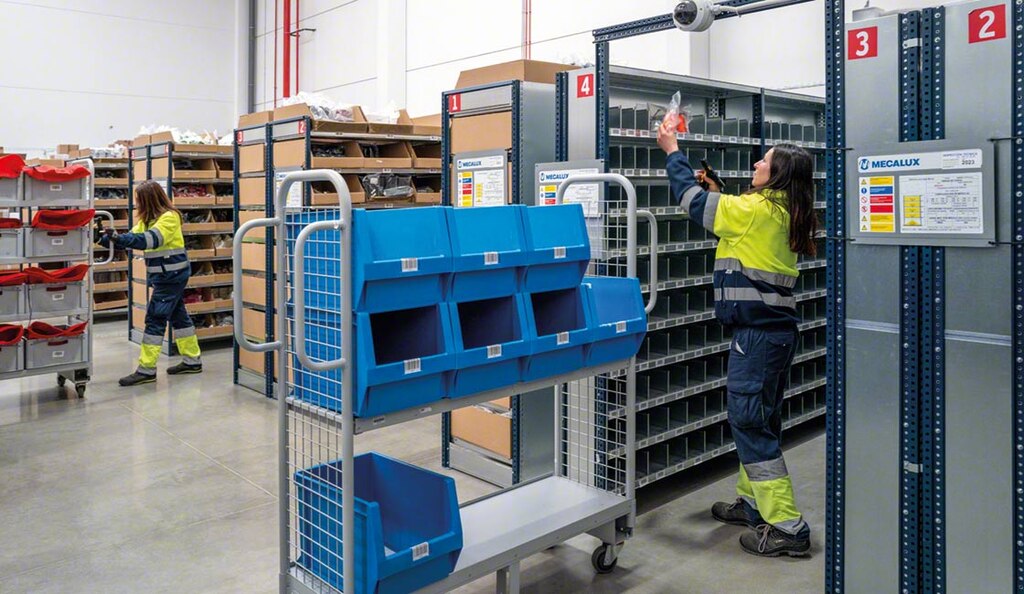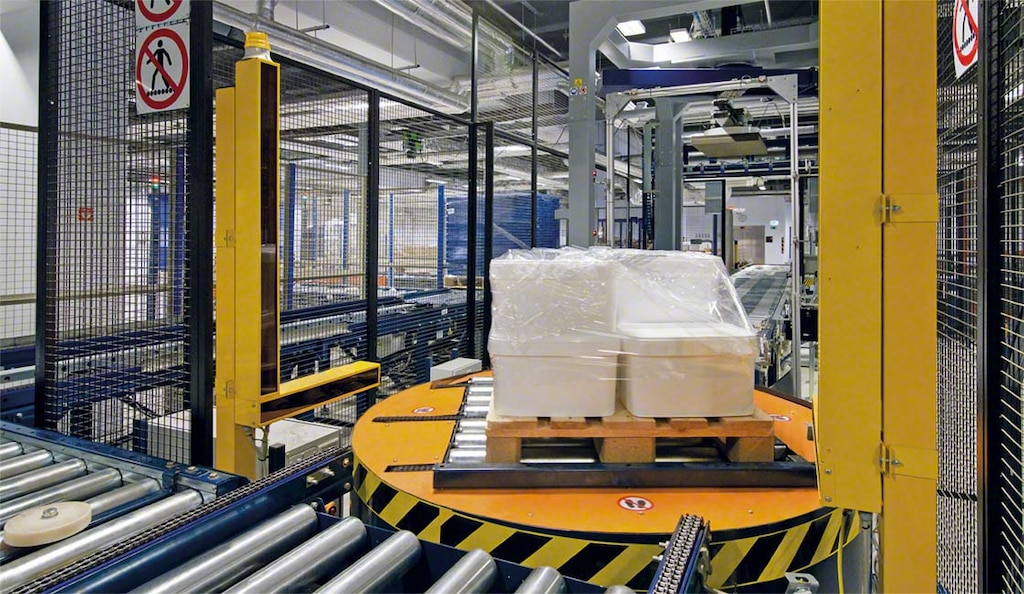
Real-time supply chain visibility
In a world where efficiency and speed are essential, real-time supply chain visibility has become indispensable for business success.
What is real-time supply chain visibility?
Real-time supply chain visibility is achieved through detailed, real-time monitoring of all the processes that are part of a company’s logistics activities, from raw material sourcing to the delivery of final goods to customers.
This process spans several crucial phases. One is production planning, which determines the materials and resources needed to meet market demand. Another vital stage is inventory management, which ensures that products are available in the right place and at the right time to meet delivery deadlines.
Communication between the various supply chain stakeholders is critical: raw material suppliers, manufacturers, distributors, and delivery agencies are aligned to guarantee that the goods reach consumers efficiently and in optimal condition.
“Supply chain visibility is key for resilience,” says technology consultancy Gartner. “Mapping processes and technology were least in place prior to their most disruptive events and now are primary improvement areas.”

What are the main challenges of real-time supply chain visibility?
Businesses’ supply chains are complex, involving multiple actors and encompassing various processes. Therefore, achieving full transparency can entail certain challenges:
- Data fragmentation. Companies typically collaborate with numerous suppliers, manufacturers, and distributors, often in different regions of the world. This fragmentation makes data integration difficult and can result in only a partial view of the chain.
- Different technological systems. The actors that make up a supply chain use different software solutions, technologies, and databases, which are not always compatible. Lack of interoperability can complicate real-time information sharing and limit overall visibility.
- Incomplete or inaccurate information. Collecting accurate, up-to-date data from all supply chain stakeholders is a constant challenge. If any of these are incorrect or incomplete, they can lead to inappropriate decisions and affect efficiency and responsiveness.
- Lack of collaboration. Real-time visibility requires close, transparent coordination between supply chain players. In an increasingly globalized market, companies can be reluctant to collaborate, making it difficult to gain a comprehensive view.
- Cultural change. The different types of supply chains often require modifications to the organizational culture and existing processes. Resistance to change can slow the adoption of new technologies and practices that improve real-time visibility.
Benefits of real-time supply chain visibility
Although real-time supply chain visibility entails challenges such as data analysis and integration and technological compatibility, it also represents a unique opportunity for business growth:
- Improved decision-making. By having data on inventory, manufacturing, and transportation, logistics managers can make more informed decisions and react to changes quickly.
- Greater profitability. Companies face supply chain pressures such as stockouts, overstock, and bottlenecks. Identifying and managing these issues reduces costs and decreases waste.
- Inventory management. Businesses know the exact location of their products and can monitor inventory levels to organize replenishments in advance.
- Customer satisfaction. Greater control over the supply chain enables retailers to improve delivery times and provide customers with up-to-date information, strengthening brand loyalty.
- Route optimization. Companies monitor the routes products take until they are delivered to customers and can look for ways to optimize them.
- Sustainability. Real-time visibility helps limit the environmental impact by facilitating sustainable decision-making, such as optimizing transportation routes to reduce carbon emissions.
How does real-time supply chain visibility work?
The first step to achieving real-time supply chain visibility is to be equipped with technologies that compile data and can monitor the various processes carried out.
Data are collected through technologies such as RFID tags, used to track the location and condition of products as they move along the supply chain, or through Industrial Internet of Things (IIoT) sensors.
Companies then employ real-time supply chain visibility software to integrate data from multiple sources, providing a unified view of operations:
- Warehouse management system (like Interlake Mecalux’s Easy WMS). This tool optimizes operations within a logistics center. This type of software controls the status of inventory, from the receipt of the goods to their storage, picking, and shipment.
- Distributed order management system (like Interlake Mecalux’s Easy DOM). A single platform connects all members of the logistics network, including marketplaces, call centers, points of sale, 3PL providers, and carriers. The program helps businesses make strategic decisions adapted to their distribution network, with several sales channels and shipping locations.

Examples of companies with real-time supply chain visibility
With real-time supply chain visibility, these businesses can identify inefficiencies and make strategic improvement decisions:
- Novartis. In Stryków, Poland, Easy WMS monitors the status of a wide variety of generic medicines, vaccines, and drugs that Novartis manufactures and markets to combat cancer. The company ensures that products are stored in ideal conditions to maintain their properties. For example, each pharmaceutical is stored at a different temperature, which, as a rule, does not exceed 77 °F.
- British Sugar. “As the main sugar manufacturer for Great Britain and Ireland, it’s extremely important that we have full traceability of our stock. The Easy WMS warehouse management system allows in-depth analysis of every item: it knows the full history and origin of any pallet in the warehouse,” says Michael Burton, Supply Manager at the British Sugar factory in Wissington (UK). Easy WMS controls the company’s various SKUs and the daily movement of 1,500 pallets with finished products leaving production.
- Rouje. The women’s fashion brand fills 900 orders daily, which are distributed worldwide the same day from its warehouse in Palaiseau (France). Stock control with Easy WMS has had a decisive impact on picking. “We’ve cut our order picking times by 22%. A warehouse associate who used to complete around 70 orders a day can now fill more than 90,” says Marc Joly, Logistics Manager at Rouje.
Transparency to boost productivity
In a constantly changing market, controlling logistics processes and product movements is fundamental for ensuring traceability and boosting productivity. Software such as Interlake Mecalux’s Easy DOM helps businesses perform detailed monitoring of their logistics processes. Contact us if you’re interested in this technological solution, which synchronizes supply chain actors to increase order picking and shipping efficiency.
